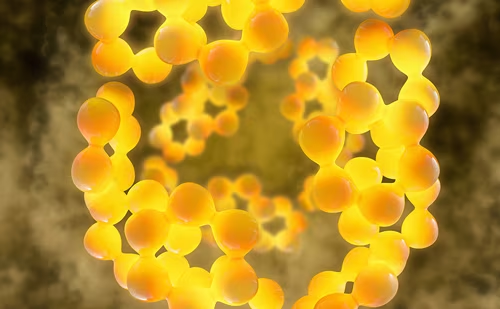Welcome to the latest edition of US Endocrinology. This edition puts a spotlight on cardiovascular risk associated with diabetes and other endocrine disorders, as well as including a selection of topical papers on several other important subjects of relevance to our endocrinology community.
Welcome to the latest edition of US Endocrinology. This edition puts a spotlight on cardiovascular risk associated with diabetes and other endocrine disorders, as well as including a selection of topical papers on several other important subjects of relevance to our endocrinology community.
For over two decades the focus of dyslipidemia therapy has been on the LDL-C, following the recommendations of the National Cholesterol Education Program Adult Treatment Panel (NCEP-ATP). These recommendations were based on multiple studies showing that lowering LDL-C reduced cardiovascular disease (CVD). Diabetes patients have significantly higher rates of CVD compared to the general population despite identical LDL-C. This raises a serious question about the validity of the LDL-C when it comes to assessing CVD. LDL-C suffers from the fact that it does not address critical triglyceride-rich atherogenic lipoproteins like very-low-density lipoprotein (VLDL), very-low-density lipoprotein receptor (VLDLr) and intermediate-density lipoprotein (IDL), which are commonly elevated in many individuals, not just those with diabetes. Therefore, has the time come for dyslipidemia recommendations to focus on something other than LDL-C?
A lot of interest in non-HDL-C (TC minus HDL-C) is emerging. Non-HDL-C correlates highly with apolipoprotein B (apo B); apo B is the major apolipoprotein of all atherogenic lipoproteins and total apo B has strong predictive power for assessing CVD risk. Because of the high correlation between non-HDL-C and apo B, non-HDL-C represents an acceptable marker for apo B. Several studies have shown that the non-HDL-C was a better CVD predictor than LDL-C. Non-HDL-C can also be accurately measured in the non-fasting state. Another important lipid marker is the TC/HDL-C ratio. In fact, the available evidence overwhelmingly points to the ratio as being the best predictor of subsequent CHD events. This makes sense because, in the ratio, atherogenic lipoproteins are combined in the numerator and the protective HDL-C is in the denominator. Multiple lipid trials have shown that when the baseline TC/HDL-C ratio is >5 and declines to <5 following treatment there is a significant decrease in CVD. However, when the baseline ratio is <5, most lipid trials failed to show benefit. The Framingham Heart Study demonstrated a curvilinear increased incidence rate for CVD when the ratio was >5. However, when the ratio was <5 the differences in CVD events between a ratio of 5 versus 4 versus 3 were minimal. The most recent lipid trail, AIM-HIGH is a good example. The baseline ratio was ~4, so no surprise that once you are on the flat part of the Framingham curvilinear curve it is challenging to show additional benefit. Apo B/apo A-1 ratio is also emerging as a powerful predictor of CVD as demonstrated in the Interheart Study.
So, which parameter should replace LDL-C in the guidelines due out in May 2012? Perhaps the NCEP-ATP should look at underwriting cholesterol for life insurance. Insurance companies only look at the TC and TC/HDL-C ratio in determining risk. If your TC is less than 200 and your ratio is <5 your get a preferred policy. As your TC and ratio increase you pay a higher premium. The companies do not look at LDL-C or triglycerides! They have obviously figured out that a person’s LDL-C is not what puts them at greatest risk of having to pay a claim. The time has come for the medical profession to get on board with the insurance companies.







